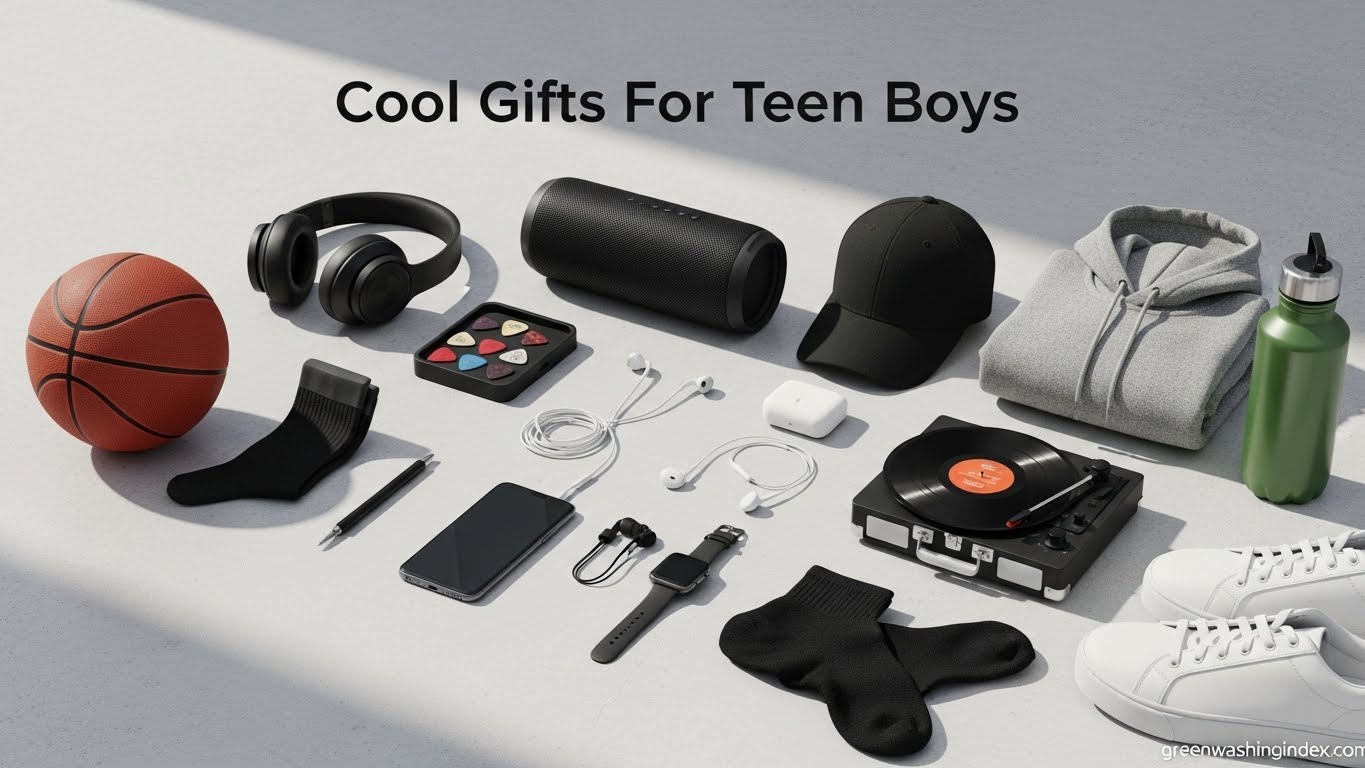

Welcome to the world of container gardening, a delightful way to grow your own plants, even in the smallest of spaces! Have you ever peered out at a bare patio and dreamed of it bursting with color and life?
Or maybe you live in the heart of the city, where traditional gardens are but a distant dream. Worry not! Container gardening is here to turn those dreams into lush realities – and it’s easier than you might think!
Starting your own container garden can be as simple as gathering pots, filling them with soil, and planting some seeds or seedlings. However, details matter if you want those plants to flourish. The right containers will give your plant buddies enough space to grow while making sure their roots aren’t swimming in water.
With nutrient-rich soil tailored for potted friends and an arrangement that gives each plant its own sunny spot without overcrowding its neighbors, you’ll have an undemanding garden thriving on your doorstep or balcony.
What You’ll Discover Here:
Starting a container garden is exciting! Imagine growing your own veggies or flowers in pots. But before you begin, there are some important things to know.
When it comes to container gardening, picking the right pot is key. It’s like picking a house for your plants. They will live and grow in it! So, let’s talk about what makes a good home for your potted plants:
It’s now time to fill up those pots with some great soil – it’s like giving your plants a comfy bed with all they need to grow up strong:
Remember: Always read directions on fertilizer packages so you don’t overfeed or underfeed your green friends.
Not all types of plants love living in containers, so choose wisely:
Think about how much sun each plant needs before you pick them out because some need lots of sunlight while others prefer shady spots.
By choosing just the right containers, giving comfy soil beds with plenty of food (fertilizer), and picking happy, potted-friendly plants — you’ve set yourself up for an amazing container garden journey! Happy growing!
Also Read: Pistachio Shells Compostability: Breaking the Myths
Starting a container garden is exciting. It’s a way to grow your own plants, even if you don’t have much space. If you’re new to container gardening, I’ll guide you through two important steps: picking the right spot and arranging your pots in a good-looking and practical way.

When I picked a location for my first container garden, I thought about sunlight and protection. Plants love sunlight, but too much wind or rain can hurt them. Here’s what to consider:
Once you find the best place for sunlight and shelter, make sure it’s also easy for you to reach with water and care for the plants.
After choosing the right spot for my container garden, arranging pots was my next step. It’s not just about making it look good but also about giving each plant what it needs to grow well.
Here’s how I thought about organizing:
With these strategies in mind—prioritizing sunlight access while shielding from harsh elements—you will create a thriving space even if you’re new to gardening! Remember these simple guidelines as they will set up your container garden on track right from its roots!
Also Read: Old Electronics Disposal: Ultimate Recycling Tips Guide
Gardening has a lot of big moments—like when flowers bloom or tomatoes ripen. But to get to those joys, the little things matter, especially in container gardening. Two key parts are watering and dealing with pesky visitors (I mean bugs and diseases, not the neighbor who always wants a tomato).

Watering your potted plants is a bit like feeding a pet. You need to do it the right way, at the right time, so your plant stays happy and healthy. Here’s how I handle it:
Sometimes, pests or diseases try making homes in my container garden. Here’s what I do when that happens:
Being aware of good watering habits and staying alert for signs of pests will make your container gardening journey smoother and more enjoyable!
You should add fertilizer to your container garden every two to four weeks. But watch your plants – if they look happy and healthy, you might not need to fertilize that often.
Absolutely! Container gardening is perfect for indoors. Just make sure your pots get enough light, either through a window or artificial grow lights.
For beginners, try growing lettuce, radishes, or cherry tomatoes. They don’t need much space and are pretty forgiving when it comes to care.
Container gardening is a wonderful adventure, especially for beginners and those with limited space. It’s a process filled with excitement, from choosing the right containers to picking your favorite potted plants.
The joy of seeing your little urban garden come to life brings a unique sense of achievement. For me, each small step – selecting soil and fertilizers, arranging containers beautifully, or finding the perfect sunny spot – contributes to the big picture of a thriving container garden.
Throughout this journey, also embracing the learning curve when it comes to maintenance tasks like watering and dealing with pests has its own rewards.
Understanding these aspects can lead not just to blooming plants but also to an enriched gardening experience. With patience and care, you’ll learn that growing vegetables in containers is not just possible but incredibly fulfilling.
Key Takeaway Points:
